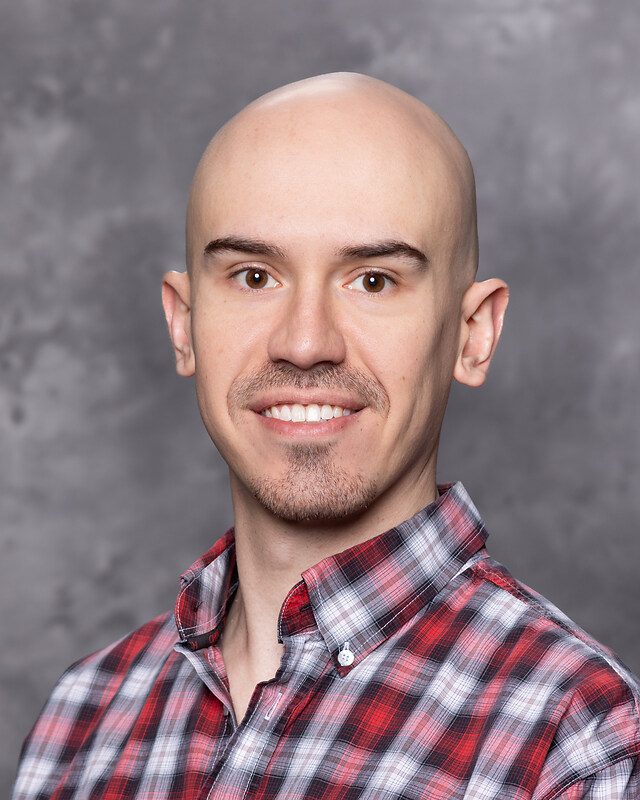It’s 6:42 in the evening and 3D Art teacher John Luebtow is on his cellphone, anxious to begin working.
“Where are ya?” Luebtow asks. One member of his four-man crew, which includes his son Matt and his 13-year-old grandson Clay, is 12 minutes late. The date to change the glass in the kiln was already postponed from yesterday, Feb. 4, after one of his crewmembers fell ill.
Luebtow decides to start without him.
“He’s at Topanga, he’ll get here,” Luebtow tells the rest of the crew, and they prepare to move a 600-pound piece of glass from the kiln where it was shaped for four days.
The nine to 10-foot high, 12-foot wide sculpture Luebtow was working on that evening was commissioned by the school, and will sit on the currently empty concrete foundation next to Munger Science Center, acting as Luebtow’s farewell gift to the school. He will retire this June with the completion of his 42nd year teaching at Harvard, where he founded the Art Department with the late Carl Wilson, and Harvard-Westlake.
Luebtow had planned to retire three years ago, but his good friend, President Thomas Hudnut, told him, “You can’t go till I go.” It was a tongue-in-cheek order, Luebtow said, but he took it to heart. When Hudnut announced last year that he would retire after this school year, Luebtow, who had already begun teaching fewer days per week, chose to retire at the same time.
Visual Arts Department Head Cheri Gaulke first proposed the commission to Head of School Jeanne Huybrechts last April, thinking one of Luebtow’s characteristic glass sculptures would be a fitting way to celebrate both his and Hudnut’s time at the school.
“He’s a very accomplished sculptor with works in major museums, collections and public artworks, and I thought how great it would be to have a permanent artwork by him on campus,” Gaulke said.
Huybrechts received the proposal with enthusiasm and figured out the funding. By June, Luebtow began working.
Huybrechts and Gaulke were as interested in the process of the sculpture as in Luebtow’s product, so they decided to document the process and present it as an educational opportunity for art students.
“We hoped to involve students in not so much building the piece but visiting his studio, learning the process of creating a piece like that, the teaching and learning opportunity as well,” Gaulke said.
Photography teacher Kevin O’Malley, who previously filmed documentaries of the creation of Luebtow’s other projects, such as his sculpture “Ventus Vitae” in Century City, is documenting this latest project.
Luebtow’s projects take thousands of hours’ worth of work. In the past eight months, after finalizing his concept, Luebtow created scaled paper, glass, and foam-core templates of the four pieces in his sculpture along with a miniature granite base and experimented with their placement with mockups on-site. For his one-inch miniature glass model he put just as much work into it as if it were the final product, from using myriad different equipment to cut and polish it to marking placement for supportive stanchions he would later weld to bending the glass at 1200 to 1400 degrees Fahrenheit to applying a reflective stainless steel surface to the granite base to sandblasting the glass pieces in order to give the model 13 different lined patterns in all.
Only then, once he had reached this final design on the miniature model, could Luebtow begin his full-scale sculpture.
Luebtow’s sculpture, which he plans to finish in mid-May, plumbs the themes that he has explored in his career through large-scale glass sculptures for the past 45 years: line, form, space and light.
“You get into something, keep doing it and just follow where it takes you,” Luebtow said, also calling his technique an “intuitive process.”
The fruits of the path he has followed are evident throughout his studio, a high-walled, two-story space. No wall is unadorned, whether with posters or equipment or his own artwork; one wall bears photo collages of various sculptures he has been commissioned to make that have found their homes all over, from Century City to San Francisco to Melbourne, Australia. One room in his studio is devoted solely to many of his smaller glass and ceramic pieces. A large, circular glass sculpture, “Carnation,” sits outside this room. An old commission for a corporation, the corporation’s new CEO, less fond of art than the previous one, would have thrown it out if Luebtow didn’t take it back.
Classical music blasts as Luebtow and his crew carry the piece of glass that will be put in the kiln today from the sandblasting booth, a hut whose doors each greet you with a spray-painted blue smiley face.
The kiln contains a furnace where the glass will be bent according to Luebtow’s design. To achieve this, Luebtow and his crew must move pipes into the furnace in the right position, as the glass will mold to the pipes’ wavy contours, place the foam-core model marked up with the glass piece’s intended design on the pipes, and then place the glass itself to line up with the model on the pipes. These various placements all require the help of a cart, crane and forklift customized for Luebtow’s work.
The affair is punctuated by Luebtow’s various orders and adjustments—“Move this a little bit, I want this one as close as possible,” “We’ll just let up the tubes and lay out the glass,” “As long as I got good movement on top and enough on the bottom…”—and banter among the crewmembers, most of which Luebtow partakes in and some of which he doesn’t. Luebtow strides around, clad in “fix-it-Grandpa” sweatshirt and Harvard-Westlake sweatpants, imbued with energy, smoothly dispatching orders and carrying out his work.
By 7:25 p.m., the glass is in and the furnace is ready to be set. The furnace closes at 7:33 but by 7:37 nothing else has happened: technical difficulties have arisen. Whenever Luebtow tries to input a certain temperature into the computer program for the igniter system, a nonsensical symbol shows up instead.
The crew discusses whether the glass, which is Italian, could have led to the furnace malfunctioning. Matt makes a joke about Mussolini. “I’m trying to fill the background with banter,” he adds to O’Malley, who’s filming.
By 7:41 p.m., though, there’s no more cause for worry.
“We got it,” Luebtow says, kneeling in front of the furnace, Matt crouched by him.
“Overcome,” he adds a few moments later, and then, again, more decisively, “Got it. Fixed it. Fixed it.”
As the glass in the furnace prepares to begin its annealing process, a cooling process in which the glass structurally realigns itself to prevent cracking, everyone prepares to go home. (But not before O’Malley insists on taking a group shot, or before Luebtow offers limes that a tree in his backyard is bearing.)
“I love you guys, thanks a lot, see you next week,” Luebtow says.































